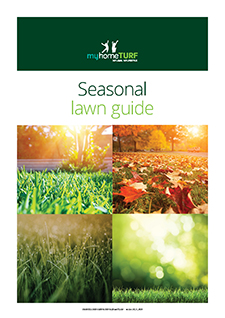Organic Weed Control
Weeds don't need to become a problem in the home lawn or garden, and it's usually only when weeds are left unchecked that they get out of control and need major treatments as ...

When Clover begins taking over lawns it tells us something very important about our lawn health, and most importantly about the health of our soils.
Also when we begin seeing Clover in lawns, we often see that our lawns themselves may also be turning brown or yellow in colour, as well as possibly having slowed growth and looking generally in poor overall health.
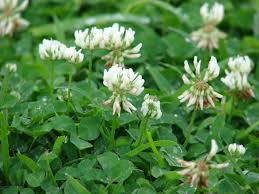 The presence of Clover in lawns can be an indicator of low Nitrogen levels in the soil.
The presence of Clover in lawns can be an indicator of low Nitrogen levels in the soil.
Clover requires soil with LOW Nitrogen levels because this plant can pull its Nitrogen requirement from the air.
Lawns love Nitrogen in the soil, and that’s why it’s so important to feed our lawns with Nitrogen in the form of Organic Lawn Fertilisers, Standard Lawn Fertilisers, or by leaving the clippings on the lawn after mowing.
As soon as lawn soils begin to lack Nitrogen – the lawn will become in poor health. And a lawn in poor health will be highly prone to other weeds, pests, and diseases, and will not have the necessary strength to fight off these infestations naturally by itself.
When we remember the important basic principle of prevention being better than the cure in Organic Lawn Care, we see the importance of keeping our lawns in optimum health so they don’t suffer problems that may later require chemical treatments. So, let’s get our lawn back to good health, and keep it there.
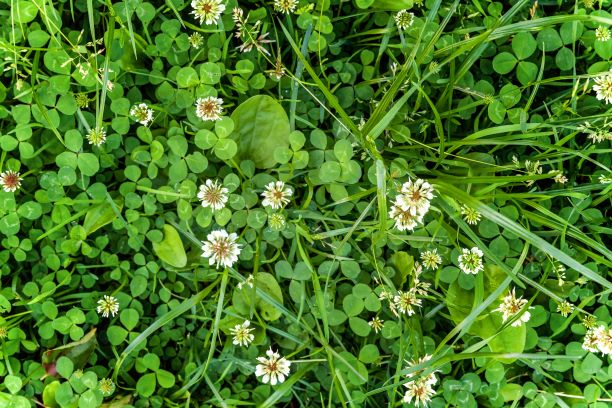 Weed killers can be toxic, and all pesticides are the bane of the Organic Lawn and Garden movement. So, in keeping our lawns weed-free, we want to avoid weed killers as our “prime directive” as Captain Kirk used to say.
Weed killers can be toxic, and all pesticides are the bane of the Organic Lawn and Garden movement. So, in keeping our lawns weed-free, we want to avoid weed killers as our “prime directive” as Captain Kirk used to say.
With this in mind, let’s kill that Clover in the best way possible.
Remember Nitrogen… Clover hates it in the soil, and our lawns love it. So let’s start right here.
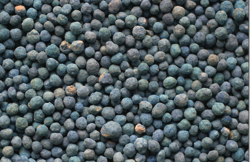 For lawns with minimum Clover invasion, first, try Organic Lawn Fertiliser in place of standard lawn fertiliser in the following instructions.
For lawns with minimum Clover invasion, first, try Organic Lawn Fertiliser in place of standard lawn fertiliser in the following instructions.
For lawns with a lot of Clover, and therefore high Nitrogen-deficiency, it’s time to put some of our organic ideals aside at least just a little while we get this problem under control – and we still will not use weed killers!
Apply a high-quality standard fertiliser to the lawn, not organic and not slow release. Apply the fertiliser at the manufacturer’s recommendations (and no more). And ensure the lawn is being watered properly – and only when needed – and only watering deeply.
Do not over fertilise – this can make our lawn sick and wash most of the fertiliser away into the open environment.
The lawn will begin to spring back to health, while the Clover will being to suffer, eventually, the healthy lawn will begin to weed out the Clover on its own. If we need another application of fertiliser 6-8 weeks later, do so.
We can also help the lawn to get rid of the clover with some hand weeding of the larger weeds.
Most will advise the use of standard fertilisers because organic fertiliser just will not have the guts that we need to get this job done!
Don’t expect this method to act as a weed killer – it is an overall management plan to get Clover out of the lawn and keep it out, so allow a couple of months for treatments to work.
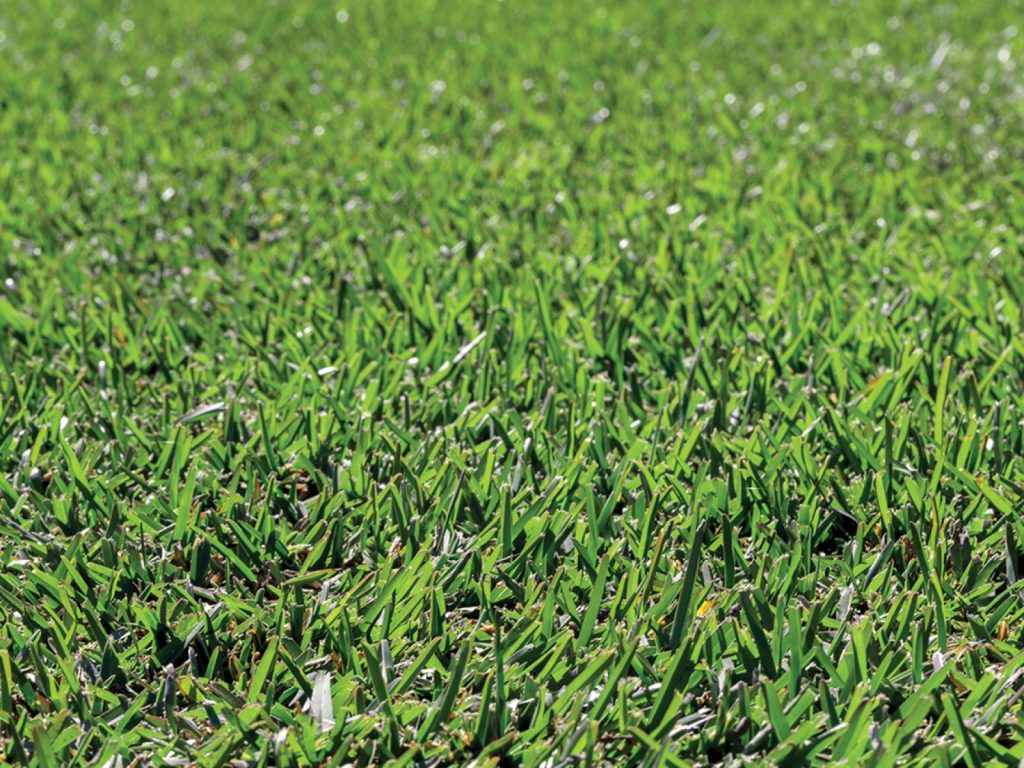 Keeping Clover out of our lawns, as well as most other weeds and diseases, is overwhelmingly a case of keeping the lawn as healthy as possible, including keeping up Nitrogen levels to the lawn soil.
Keeping Clover out of our lawns, as well as most other weeds and diseases, is overwhelmingly a case of keeping the lawn as healthy as possible, including keeping up Nitrogen levels to the lawn soil.
If you haven’t already, begin implementing a good quality year-round organic lawn fertilising program.
This should be enough to help keep the lawn in good health and keep Nitrogen levels high enough in the soil that Clover will not take over again.
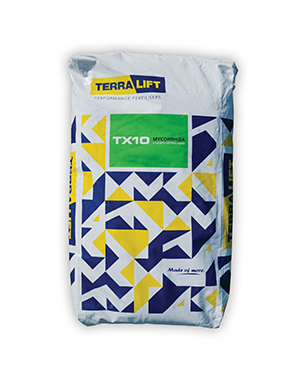
Terralift TX10 5-2-8 20kg is a multi-source organic granular fertiliser consisting of 10 key components to soil fertility. Safe for use on Zoysia, Kikuyu, Couch and Buffalo grasses. Always read the safety directions and instructions on the product label before use.
SHOP NOW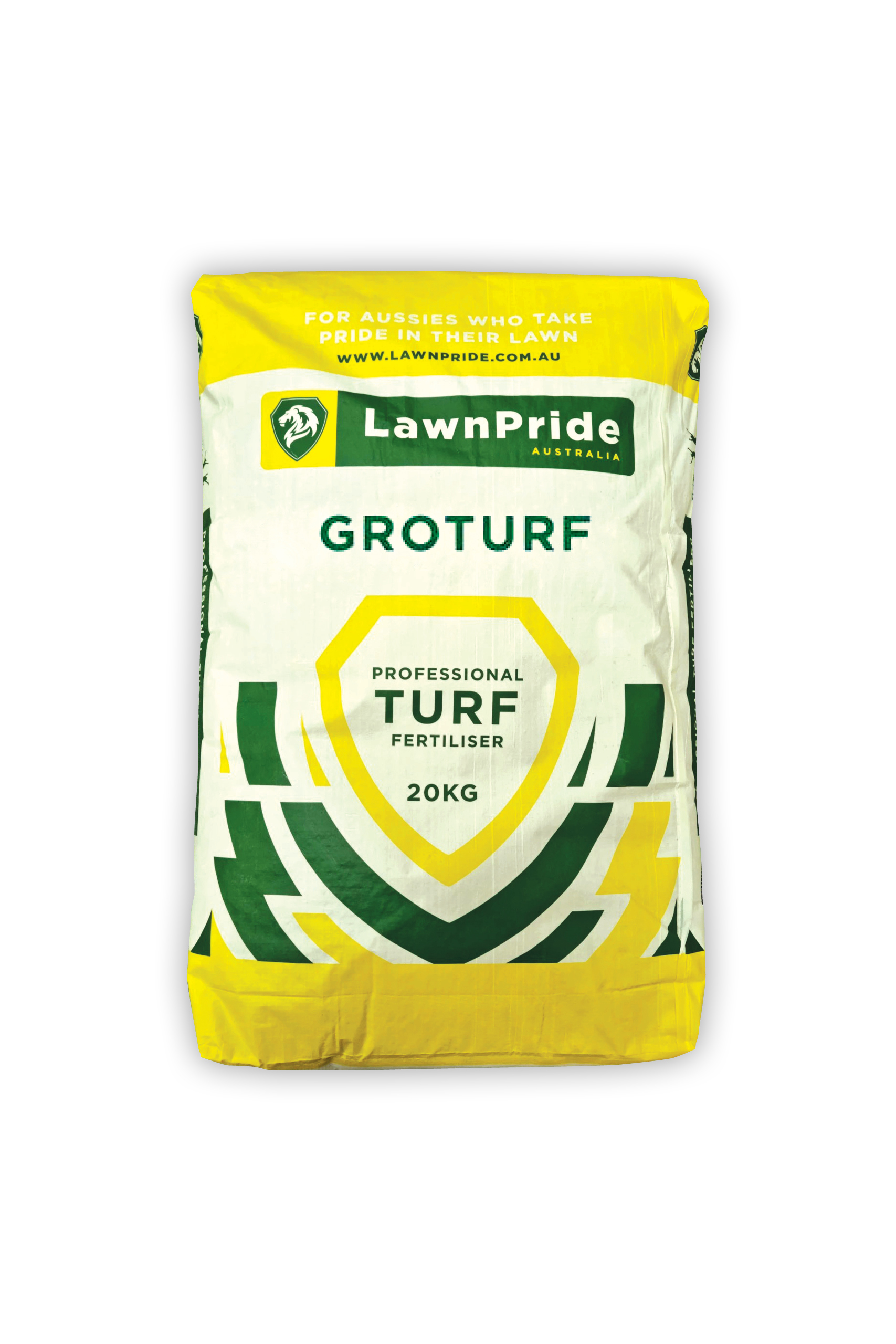
LawnPride Groturf 15-4-11 + Traces 20kg is an instant release granular fertiliser designed to initiate rapid growth of your lawn thanks to extra trace elements that build up your soil’s nutrients. Suitable grasses for use are Zoysia, Kikuyu, Couch and Buffalo. Always read the safety directions and instructions on the product label before use.
SHOP NOW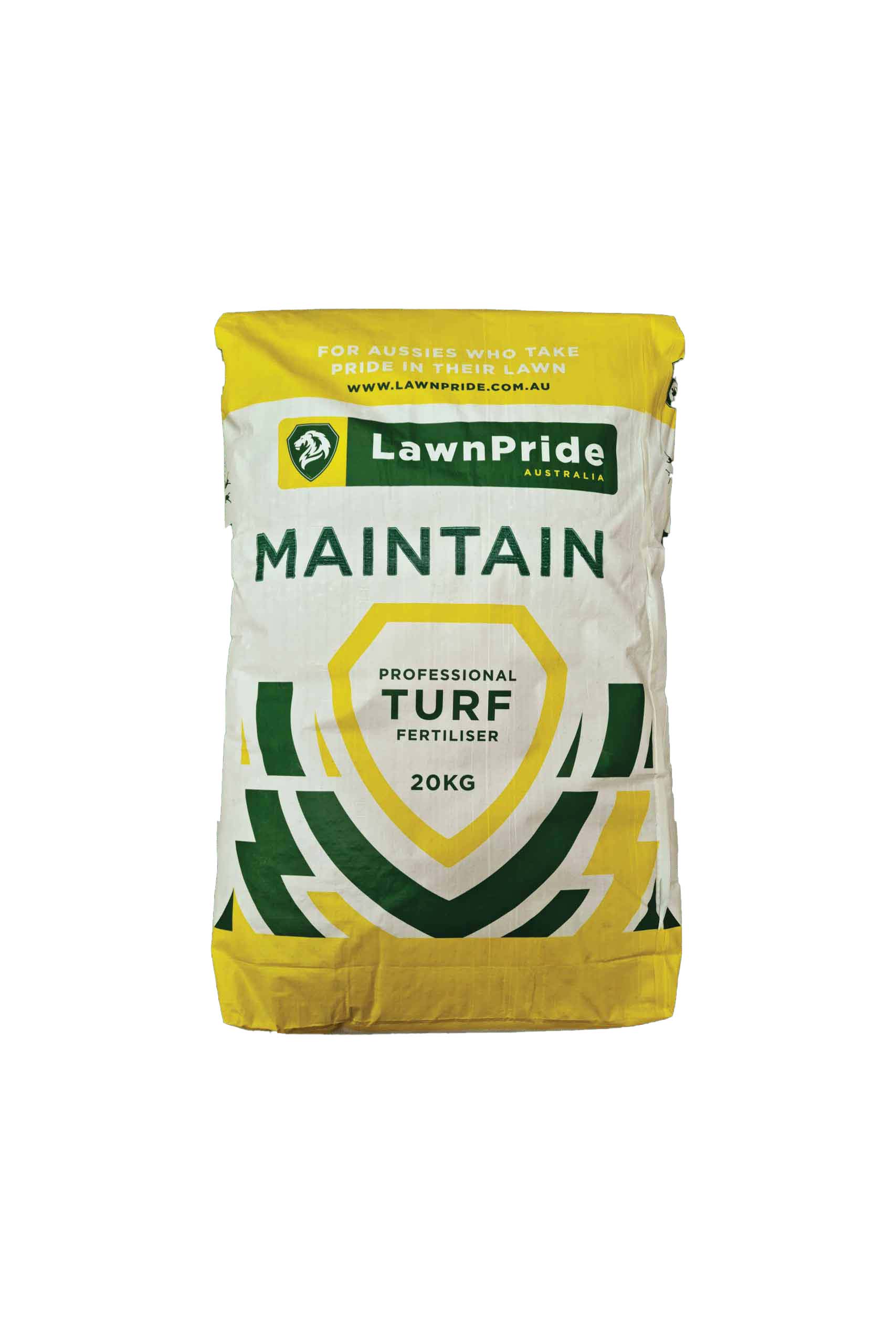
Lawn Pride Maintain 26-2-9 + 3.4 Fe 20kg is one of the most popular granular all-round lawn fertilisers on the market with the active ingredients of Nitrogen (N – 26), Phosphorus (P – 2), Potassium(K – 9) and Iron (Fe – 3.4). Suitable for Zoysia, Kikuyu, Couch and Buffalo grasses. Always read the safety directions and instructions on the product label before use.
SHOP NOWSign up for our Newsletter to receive your free guide.
